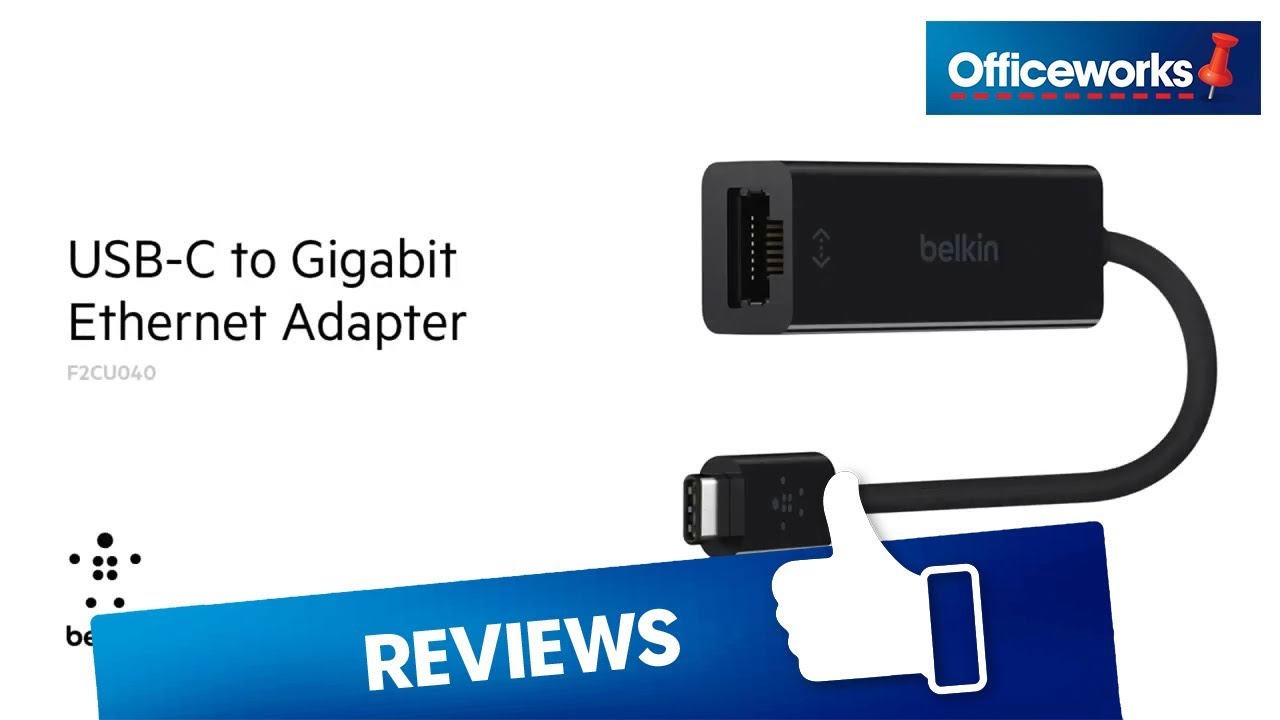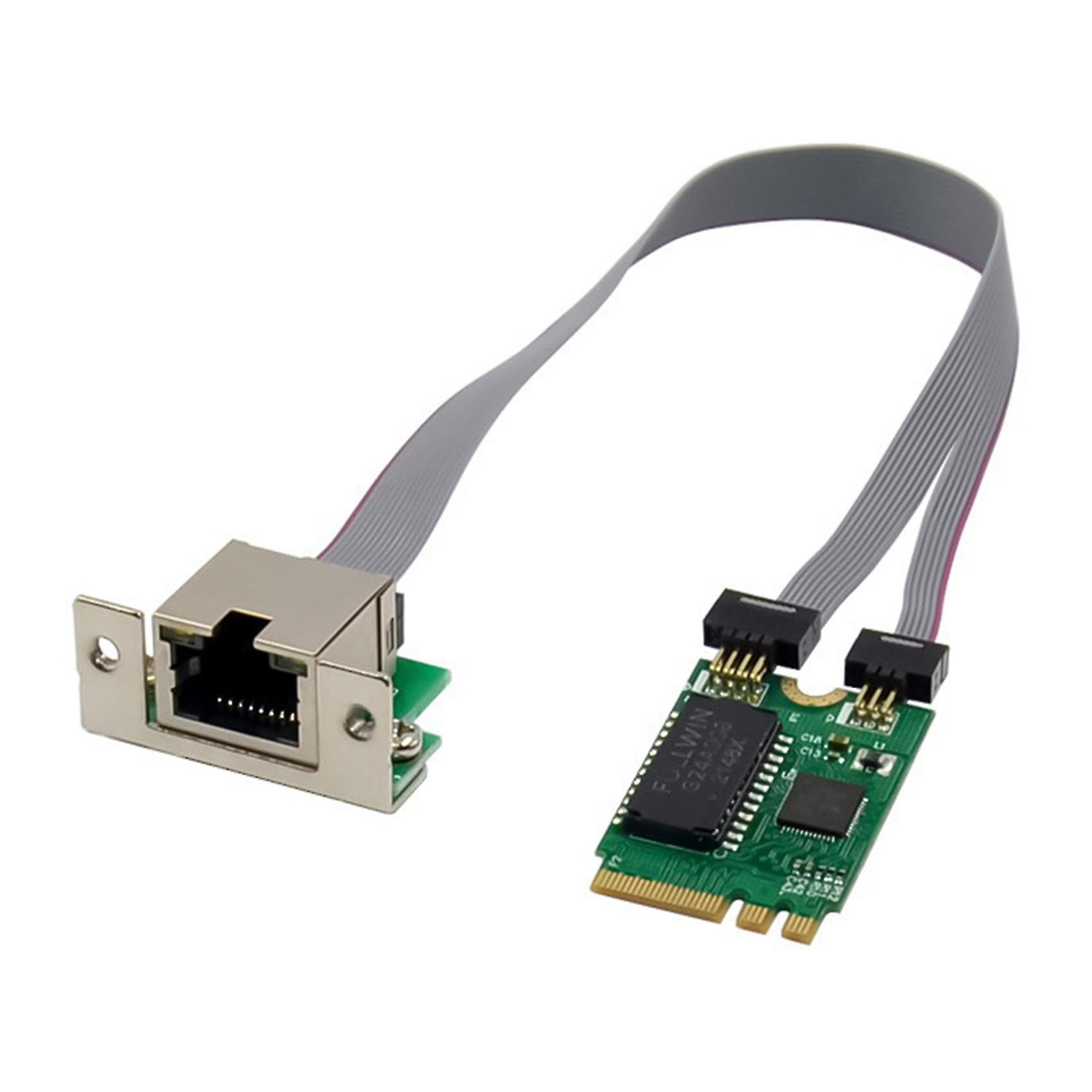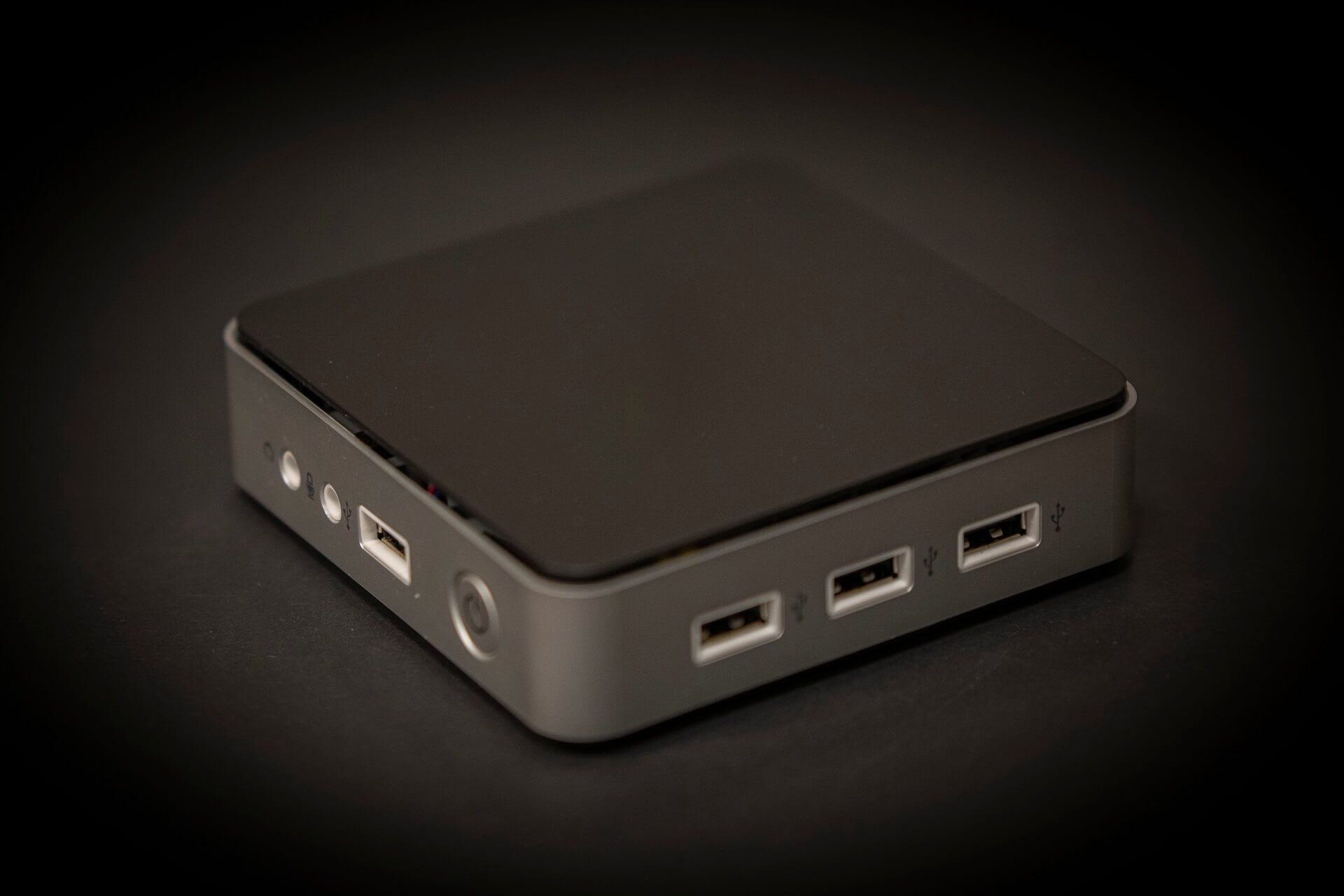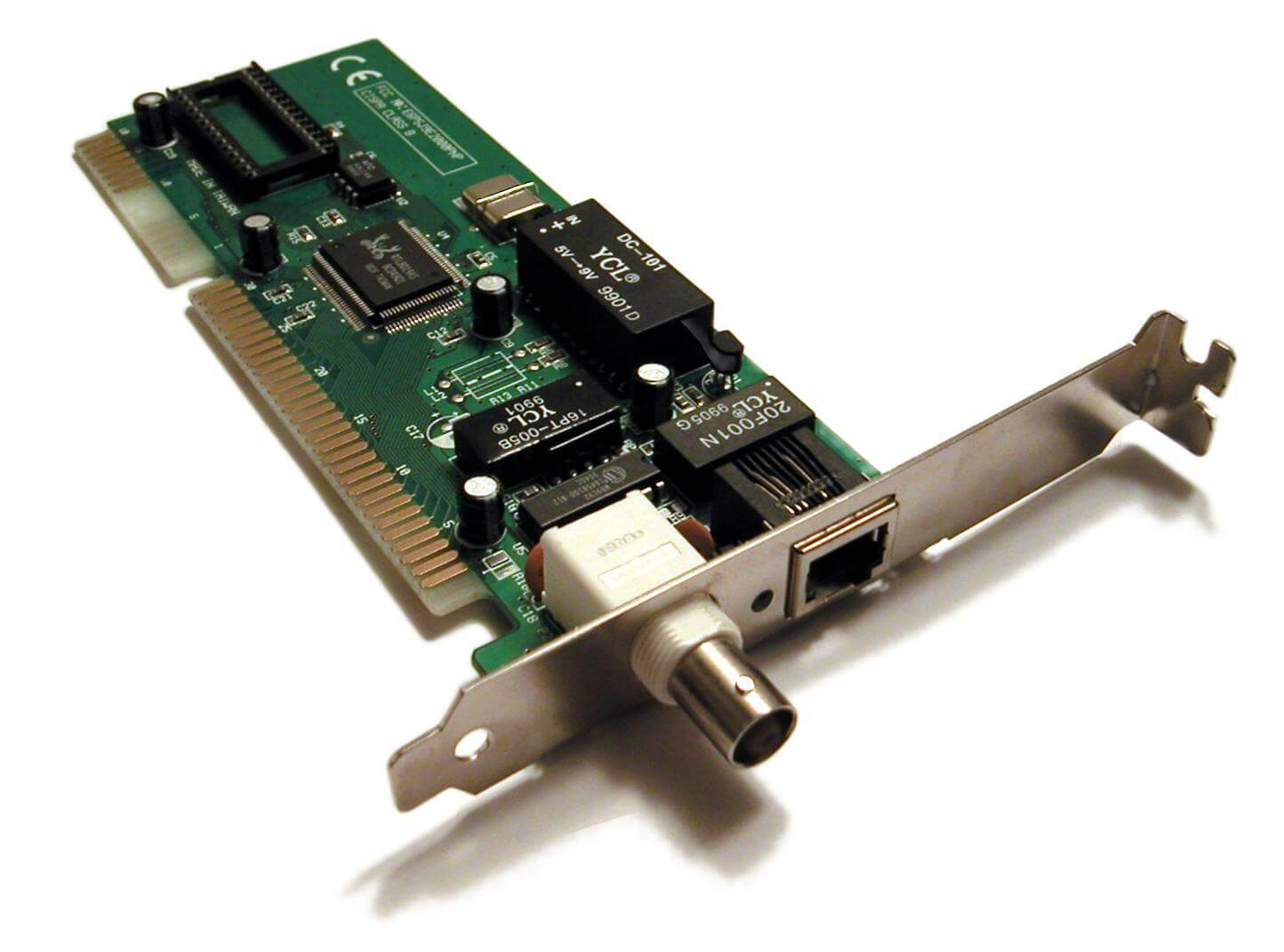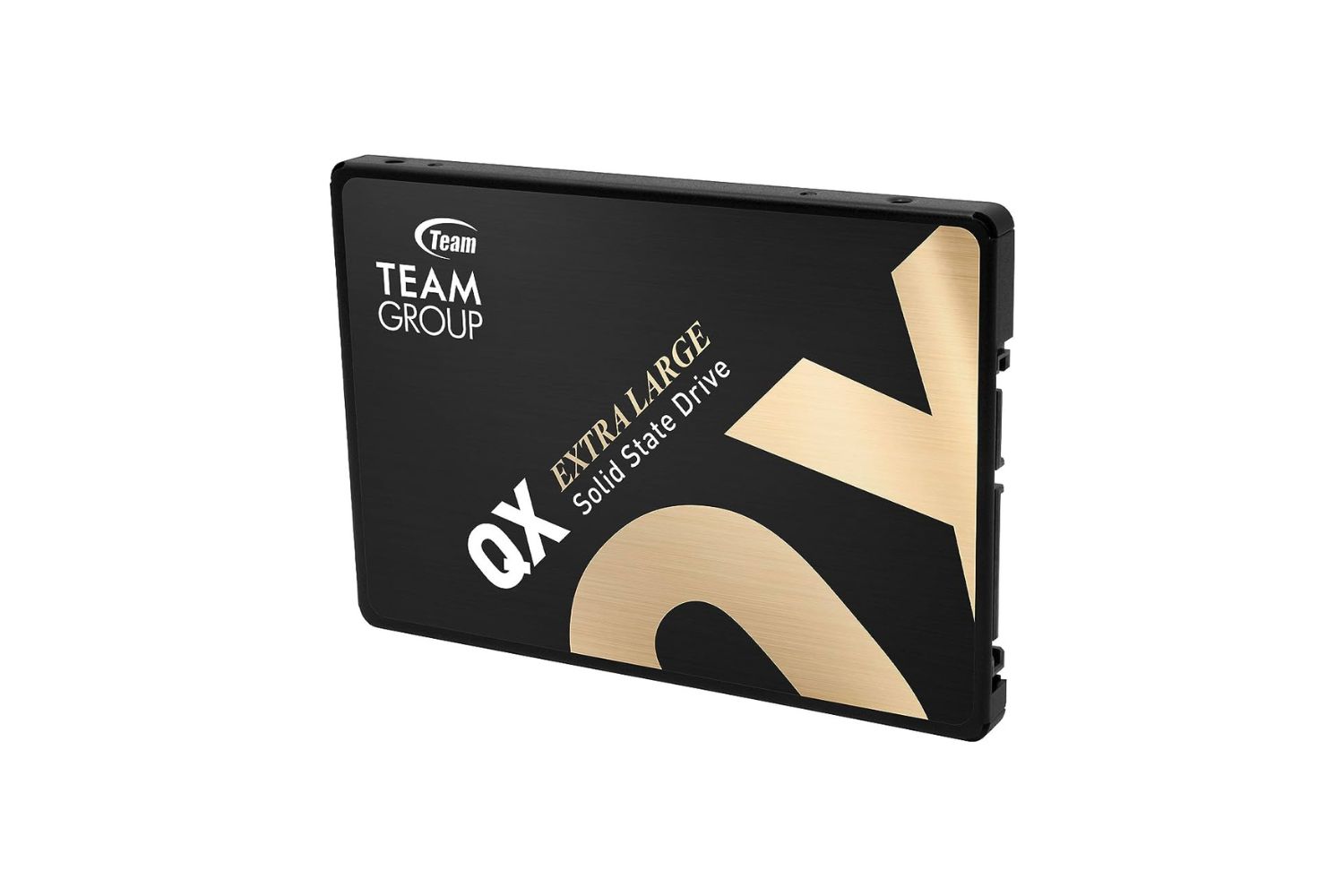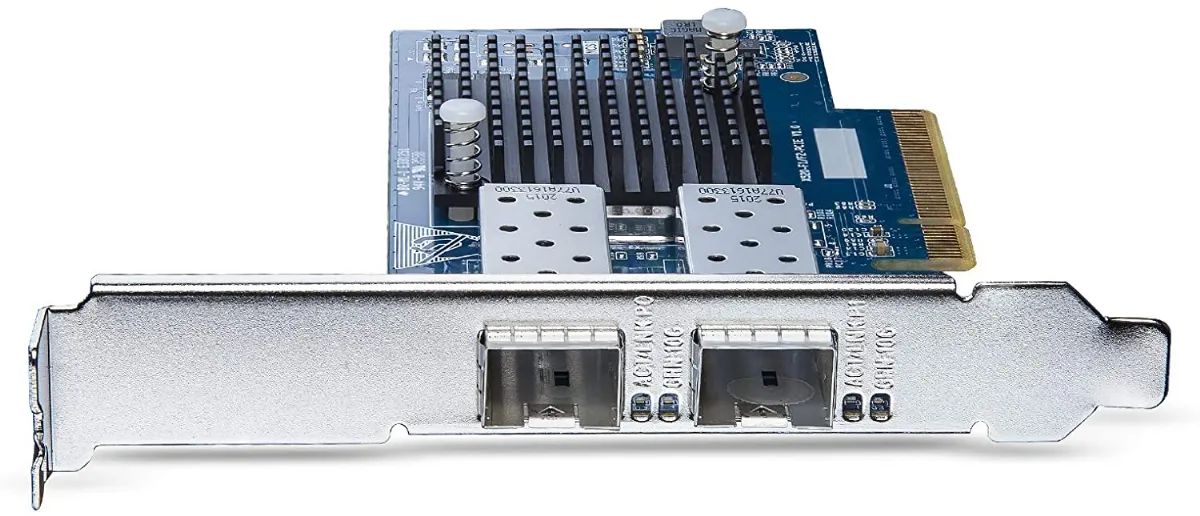Overview
Ethernet has become the de facto standard for local area networking since its inception in the 1970s. Over the years, it has undergone several advancements to keep up with the ever-increasing demand for faster and more reliable data transfer. One such advancement is Gigabit Ethernet, which revolutionized network speeds by providing data rates of up to 1 gigabit per second (Gbps).
However, with the continued proliferation of high-bandwidth applications and the need for smoother and more seamless data transfers, a new evolution emerged: 2.5 Gb Ethernet. This newer iteration of Ethernet takes network speeds to the next level by providing data rates of up to 2.5 Gbps.
2.5 Gb Ethernet offers a substantial upgrade over traditional Gigabit Ethernet, bridging the gap between the limitations of 1 Gbps and the higher cost of 10 Gbps solutions. It provides a “sweet spot” for those seeking increased network speed without breaking the bank.
The benefits of 2.5 Gb Ethernet extend beyond just faster data transfer speeds. It also brings enhanced performance, improved reliability, and increased flexibility to network infrastructures. With its cost-effective implementation and ease of integration, this technology has gained popularity in various industries and use cases.
In this article, we will explore the world of 2.5 Gb Ethernet, delving into its definition, its benefits, the use cases for which it is best suited, and how it can be implemented in network setups. We will also discuss the future prospects of 2.5 Gb Ethernet and its potential impact on the world of networking.
What is Ethernet?
Ethernet is a widely used networking technology that enables devices to communicate and share data within a local area network (LAN). It provides a standard set of rules and protocols for the transmission of data packets over a physical medium, such as twisted-pair copper cables or fiber-optic cables.
The Ethernet protocol was initially developed by Xerox in the 1970s as a way to connect computers and share resources in a local network environment. It gained widespread popularity due to its simplicity, reliability, and scalability, and has since become the foundation for most wired LAN connections.
At its core, Ethernet uses a technique called Carrier Sense Multiple Access with Collision Detection (CSMA/CD) to regulate data transmission. This means that devices connected to an Ethernet network listen for any ongoing transmissions and only send data when the network is idle. If two devices attempt to transmit data simultaneously, a collision occurs, and both devices wait for a random period before retransmitting.
Ethernet has evolved over the years to accommodate higher data transfer speeds. The most common variations include 10 Mbps Ethernet (10BASE-T), 100 Mbps Fast Ethernet (100BASE-TX), and 1 Gbps Gigabit Ethernet (1000BASE-T). These variations differ in terms of the maximum achievable speed and the type of physical cables used for transmission.
Regardless of the speed, Ethernet operates using a client-server model, where one device acts as the server and provides resources or services, while other devices, called clients, connect to the server to access those resources. This client-server architecture, combined with the robustness and reliability of Ethernet, has made it the go-to choice for local networking.
Overall, Ethernet continues to be the backbone of local area networks, enabling efficient and secure communication between devices. Its widespread adoption and constant advancements have made it an essential technology in today’s digital landscape.
What is Gigabit Ethernet?
Gigabit Ethernet, commonly abbreviated as GbE or 1 GigE, is an Ethernet standard that supports data transfer rates of up to 1 gigabit per second (Gbps). It represents a significant advancement over previous Ethernet speeds, such as Fast Ethernet (100 Mbps) and 10 Mbps Ethernet.
Gigabit Ethernet operates on various physical media, including copper twisted-pair cables (such as Cat 5e or Cat 6) and fiber-optic cables. It uses the same CSMA/CD protocol as traditional Ethernet, allowing devices to share the network and avoid collisions.
The primary benefit of Gigabit Ethernet is its ability to provide faster and more reliable data transfer within a local area network (LAN). With a data rate of up to 1 Gbps, Gigabit Ethernet is ten times faster than Fast Ethernet, enabling efficient sharing of large files, smooth multimedia streaming, and quick access to network resources.
Moreover, Gigabit Ethernet not only offers increased speed but also supports full-duplex communication. This means that devices can send and receive data simultaneously, further enhancing network performance and efficiency.
Another advantage of Gigabit Ethernet is its compatibility with existing Ethernet infrastructure. It is backward compatible, which means that Gigabit Ethernet devices can be connected to networks running at slower speeds without any issues. This flexibility allows for a smooth transition to higher speeds without the need for a complete network overhaul.
Gigabit Ethernet has found widespread application across various industries, including businesses, educational institutions, and data centers. It has become the standard for connecting computers, servers, routers, and other network devices, providing a solid foundation for high-speed data transfer.
With the ever-increasing demand for faster and more reliable networking, Gigabit Ethernet continues to be a vital technology that facilitates seamless communication and efficient data sharing within local networks.
What is 2.5 Gb Ethernet?
2.5 Gb Ethernet, also known as 2.5 GigE or Multi-Gigabit Ethernet, is a networking standard that offers data transfer rates of up to 2.5 gigabits per second (Gbps). It is a significant advancement over traditional Gigabit Ethernet, providing a substantial increase in network speed without the higher cost associated with 10 Gbps solutions.
2.5 Gb Ethernet operates on existing Category 5e or Category 6 copper cabling, which makes it a cost-effective upgrade for organizations that want to boost their network performance without the need for extensive infrastructure changes. It utilizes advanced signaling techniques to achieve higher data rates while maintaining compatibility with Gigabit Ethernet devices.
With its improved speed, 2.5 Gb Ethernet enables faster data transfers, reduced latency, and improved overall network performance. It is particularly beneficial for organizations that require large file transfers, multimedia streaming, and real-time communication, as it can handle the increased bandwidth demands with ease.
This technology is also well-suited for environments that have a high density of connected devices, such as office buildings, hospitals, and educational institutions. With the proliferation of Internet of Things (IoT) devices and the increasing number of devices per user, 2.5 Gb Ethernet provides the necessary bandwidth to support the growing network demands.
Additionally, 2.5 Gb Ethernet offers a seamless upgrade path from traditional Gigabit Ethernet. Organizations can leverage their existing equipment and infrastructure, making it a cost-effective solution for network speed enhancements. With the ability to interoperate with lower-speed Ethernet devices, the transition to 2.5 Gb Ethernet can be achieved in a phased manner, reducing downtime and minimizing disruption to operations.
Overall, 2.5 Gb Ethernet strikes a balance between cost-effectiveness and increased network performance, filling the gap between Gigabit Ethernet and higher-speed alternatives. Its compatibility, scalability, and improved speed make it a compelling choice for organizations looking to future-proof their networks and meet the demands of modern applications and digital workflows.
Benefits of 2.5 Gb Ethernet
2.5 Gb Ethernet offers numerous benefits to organizations looking to enhance their network performance and meet the demands of modern applications and workflows. Let’s explore some of the key advantages of this networking technology:
1. Increased Network Speed: Perhaps the most significant advantage of 2.5 Gb Ethernet is its improved data transfer rate of up to 2.5 Gbps. This higher speed allows for faster file transfers, seamless multimedia streaming, and enhanced real-time communication, resulting in a more efficient and productive network environment.
2. Cost-Effective Solution: Upgrading to 10 Gbps Ethernet can be expensive, requiring substantial investments in new equipment and infrastructure. 2.5 Gb Ethernet provides a cost-effective alternative, as it can utilize existing Category 5e or Category 6 copper cabling. This compatibility minimizes the need for extensive infrastructure changes, significantly reducing costs.
3. Compatibility and Flexibility: 2.5 Gb Ethernet is backward compatible with lower-speed Ethernet devices, allowing for a smooth transition from traditional Gigabit Ethernet. This flexibility enables organizations to leverage their existing infrastructure and equipment, reducing downtime and disruptions during the upgrade process.
4. Scalability: With the increasing number of connected devices and the growing demand for bandwidth, scalability is crucial. 2.5 Gb Ethernet provides the necessary bandwidth to support high-density network environments with large numbers of devices, such as IoT deployments, office buildings, and educational institutions.
5. Ease of Integration: Implementing 2.5 Gb Ethernet is relatively straightforward. Existing network switches and infrastructure can be upgraded with 2.5 Gb Ethernet ports to support higher speeds. This ease of integration minimizes downtime and makes the transition to 2.5 Gb Ethernet more seamless.
6. Future-Proofing: By deploying 2.5 Gb Ethernet, organizations can future-proof their networks and prepare for the evolving demands of technology. With its higher-speed capabilities and compatibility with existing infrastructure, 2.5 Gb Ethernet provides a solid foundation for scalability and adaptability, ensuring that the network can handle future upgrades and advancements.
7. Improved Network Performance: The increased data transfer speeds of 2.5 Gb Ethernet result in improved network performance overall. Reduced latency, faster response times, and enhanced throughput enable smoother and more efficient network operations, resulting in increased productivity and user satisfaction.
In summary, 2.5 Gb Ethernet offers a range of benefits, including increased network speed, cost-effectiveness, compatibility, scalability, ease of integration, future-proofing, and improved network performance. These advantages make it an attractive option for organizations seeking to upgrade their networks and optimize their operations in a cost-effective and efficient manner.
Use Cases for 2.5 Gb Ethernet
2.5 Gb Ethernet finds application in various industries and environments where increased network speed and enhanced performance are essential. Let’s explore some of the key use cases for this networking technology:
1. Small and Medium-sized Businesses: SMEs often have limited IT budgets but require higher network speeds to support their growing operations. 2.5 Gb Ethernet provides a cost-effective solution for these businesses, allowing them to enhance productivity, facilitate faster file transfers, and improve collaboration among employees.
2. Education and Research Institutions: Schools, universities, and research institutions often deal with large amounts of data transfer, multimedia streaming, and online collaboration. With 2.5 Gb Ethernet, these institutions can enhance their network infrastructure to support the demands of students, staff, and researchers, ensuring a seamless learning and research experience.
3. Healthcare Facilities: Hospitals, clinics, and healthcare facilities rely on fast and reliable network connectivity to support critical applications, electronic medical records, and real-time communication. 2.5 Gb Ethernet ensures rapid access to patient data, smooth video conferencing for telemedicine, and uninterrupted sharing of medical images and diagnostic reports.
4. Media and Entertainment: The media and entertainment industry handles large files, high-definition video streaming, and real-time content creation. 2.5 Gb Ethernet enables efficient collaboration between content creators, smooth media playback, and accelerated rendering times, enhancing productivity and reducing workflow bottlenecks.
5. Data Centers: Data centers require high-performing networks to handle the vast amounts of data processed and stored on their servers. 2.5 Gb Ethernet offers an ideal solution for connecting servers within the data center, ensuring fast and reliable data transfer between systems and optimizing the overall performance of the infrastructure.
6. Manufacturing Facilities: In manufacturing environments, real-time monitoring, machine-to-machine communication, and automation systems rely on fast and robust network connectivity. 2.5 Gb Ethernet enables seamless communication between machines, providing the bandwidth needed for efficient manufacturing processes and reducing production downtime.
7. IoT Deployments: With the proliferation of Internet of Things (IoT) devices, the network demands within IoT deployments continue to grow. 2.5 Gb Ethernet accommodates the increasing number of connected devices, supporting data-intensive IoT applications such as smart cities, smart homes, and industrial automation.
These are just a few examples of the many use cases for 2.5 Gb Ethernet. The technology’s ability to provide increased network speed, cost-efficiency, and compatibility makes it a versatile option for organizations across industries, enabling them to optimize their network infrastructure and enhance their operations.
Implementing 2.5 Gb Ethernet
Implementing 2.5 Gb Ethernet in your network infrastructure requires careful planning and consideration. Here are some key steps to follow when deploying 2.5 Gb Ethernet:
1. Assess Network Requirements: Evaluate your organization’s network requirements to determine if upgrading to 2.5 Gb Ethernet is necessary. Consider factors such as the number of users, file transfer sizes, multimedia streaming needs, and future growth projections.
2. Evaluate Existing Infrastructure: Assess your current network infrastructure, including switches, routers, and cabling. Determine if your equipment supports 2.5 Gb Ethernet or if upgrades or replacements are necessary. Ensure that your cabling, such as Category 5e or Category 6, is capable of handling the higher speeds.
3. Plan for Compatibility: Determine how 2.5 Gb Ethernet will integrate with your existing Gigabit Ethernet devices. Check for compatibility between 2.5 Gb Ethernet switches and your current networking equipment. Consider the need for backward compatibility to support lower-speed devices.
4. Upgrade Switches and Network Interface Cards: Replace or upgrade your network switches to ones that support 2.5 Gb Ethernet. Additionally, upgrade the Network Interface Cards (NICs) in your devices to take advantage of the higher network speeds.
5. Reconfigure Network Settings: Configure the network switches and devices to support 2.5 Gb Ethernet. Set up proper network parameters, VLANs, and Quality of Service (QoS) settings to ensure smooth network operation and prioritize critical traffic.
6. Test and Optimize: Test the newly implemented 2.5 Gb Ethernet network to ensure optimal performance. Conduct thorough testing for data transfer rates, latency, and network stability. Adjust network settings as needed to achieve the desired results.
7. Train IT Staff: Provide training to your IT staff on the implementation and management of 2.5 Gb Ethernet. Ensure they have the necessary knowledge to troubleshoot, monitor, and maintain the network effectively.
8. Monitor and Upgrade as Needed: Regularly monitor your 2.5 Gb Ethernet network to identify any performance issues or bottlenecks. Upgrade equipment or make adjustments to optimize network performance and accommodate future growth.
By following these steps, you can successfully implement 2.5 Gb Ethernet in your network infrastructure, providing faster and more reliable network speeds without the need for extensive infrastructure changes. It is essential to carefully plan, evaluate existing infrastructure, and consider compatibility to ensure a smooth and efficient transition to 2.5 Gb Ethernet.
Future of 2.5 Gb Ethernet
The future of 2.5 Gb Ethernet looks promising, as it continues to gain traction and popularity among organizations seeking a balance between cost-effective network upgrades and enhanced performance. Here are some key aspects to consider for the future of 2.5 Gb Ethernet:
1. Widespread Adoption: As the demand for higher network speeds increases, more organizations are likely to adopt 2.5 Gb Ethernet as a cost-effective solution. Its compatibility with existing infrastructure and ease of integration make it an attractive choice for organizations looking to enhance their network capabilities without significant investments.
2. Continued Infrastructure Support: Networking equipment vendors are expected to continue supporting and offering 2.5 Gb Ethernet switches and network interface cards. This support ensures a steady supply of compatible devices and promotes the long-term viability of 2.5 Gb Ethernet in the market.
3. Advancements in Networking Technologies: As technology evolves, new networking technologies may emerge that surpass the capabilities of 2.5 Gb Ethernet. However, 2.5 Gb Ethernet is well-positioned to complement and coexist with these advancements, catering to the needs of organizations that require a balance between performance and affordability.
4. Increasing Bandwidth Requirements: With the continuously growing demand for bandwidth, driven by emerging technologies such as virtual reality, augmented reality, and 4K video streaming, 2.5 Gb Ethernet may play a vital role in meeting these requirements. It offers a significant upgrade over traditional Gigabit Ethernet while remaining cost-effective.
5. Integration with Multi-Gigabit Ethernet: 2.5 Gb Ethernet belongs to the category of Multi-Gigabit Ethernet technology, along with 5 Gb and 10 Gb Ethernet. These variations of higher-speed Ethernet can coexist within a network and provide scalability options for organizations as their bandwidth needs evolve.
6. IoT Expansion: The Internet of Things (IoT) market is expected to continue growing, with an increasing number of devices connecting to networks. 2.5 Gb Ethernet’s ability to support high-density environments and handle data-intensive IoT applications positions it as a reliable choice for organizations venturing into IoT deployment.
7. Standardization and Interoperability: The development of standards and widespread interoperability will contribute to the future success of 2.5 Gb Ethernet. Standardization ensures compatibility between devices from different manufacturers and simplifies network integration and management.
2.5 Gb Ethernet is well-positioned to address the growing needs for faster and more affordable network speeds. Its versatility, compatibility, and cost-effectiveness make it an appealing choice for organizations across various industries and use cases. As technology evolves and bandwidth demands increase, 2.5 Gb Ethernet is expected to continue playing a significant role in networking infrastructure, providing a reliable and scalable solution for organizations seeking enhanced network performance without breaking the bank.









